Need a quick go-to Paleo guide? Here’s the complete Paleo diet food list of what you should avoid – and what to load up on.
Are you new to the Paleo diet and worried it’s too restrictive? Or are you a seasoned Paleo enthusiast in need of food inspiration? Either way, we’ve got you covered. Here’s our complete Paleo Diet Food List – our comprehensive guide of what to eat & avoid on your Paleo journey.
It’s divided into neat, accessible categories, so Pull this guide up when in doubt of an ingredient, or when you’re not sure what to make for dinner.
Want to learn more about Paleo and how it can help you?
Grab our FREE “What Is Paleo?” Guide by Clicking Here!
I. The Short Paleo Diet Food List
Here’s a quick reference guide to what’s considered Paleo and not. In general, a balanced Paleo diet includes foods high in protein and fiber not derived from grain products, and it excludes foods high in carbohydrates, refined sugars and those that are heavily processed.
Paleo-Friendly Foods:

- Vegetables
- Fruits
- Poultry
- Beef
- Pork
- Eggs
- Nuts and seeds
- Seafood
- Animal fats
- Unrefined oils
Non-Paleo Foods:
- Refined sugars
- Dairy
- Grains
- Legumes (including beans and peanuts)
- Processed foods
- Sugary and caffeinated beverages
- Vegetable oil
- Canola oil
- White potatoes
II. Paleo-Friendly Foods
Paleo-Friendly Meats
For many, the Paleo diet calls for a significant increase in their typical protein consumption. According to Paleo expert Loren Cordain, protein accounts for only 15% of calories consumed in the average Western diet.
The Paleo diet counts meat and seafood as staples and thus increases considerably the average individual’s protein intake. This lists the many high-protein meats available to you on the Paleo diet.
Be adventurous with the various cuts and preparations of meat (even organ meat!) to identify your favorites, and remember: happy animals make happy meat! Opt for grass-fed and wild meats whenever possible, and avoid processed meats.
- Poultry: chicken, turkey, duck, geese, guinea fowl, pigeon, ostrich, emu, partridge, pheasant, quail, eggs
- Red meat: beef, lamb, venison, veal, mutton, goat, bison, elk, buffalo
- Yak
- Moose
- Pork
- Rabbit
- Wild Boar
- Rattlesnake
- Alligator
- Reindeer
- Turtle
Paleo-Friendly Seafood
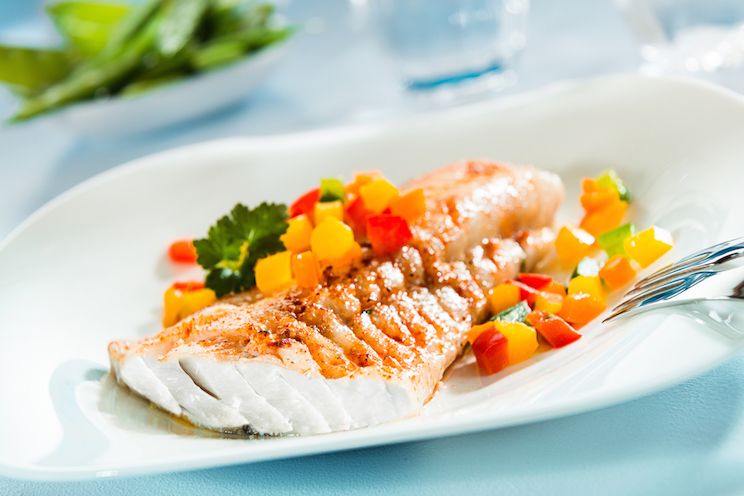
Like land animals, sea animals serve as a healthy source of protein as well as a variety of micronutrients. Many fish offer a solid dose of omega-3 fatty acids (to be consumed in moderation and balanced with omega-6 fatty acids) and essential vitamins and nutrients. Be sure to purchase seafood that’s sustainably sourced and try to avoid fish heavily exposed to environmental toxins.
- Catfish
- Anchovy
- Mahi Mahi
- Mackerel
- Prawns
- Cod
- Bass
- Swai
- Shad
- Pollock
- Cuttlefish
- Sole
- Char
- Marlin
- Flounder
- Lamprey
- Shark
- Oysters
- Mussels
- Swordfish
- Halibut
- Salmon
- Snapper
- Barracuda
- Tuna
- Scallops
- Crawfish
- Whitefish
- Abalone
- Trout
- Basa
- Octopus
- Crayfish
- Bonito
- Bluefish
- Haddock
- Milkfish
- Squid
- Perch
- Roughy
- Herring
- Grouper
- Sardines
- Shrimp
- Clams
- Walleye
- Tilapia
- Sunfish
- Lobster
- Crab
Paleo-Friendly Vegetables
It’s been pounded into our brains since we first sat at our childhood dinner tables: eat your veggies. Still, the typical Western diet is massively deficient in plant-derived nutrients.
Generally, vegetables are dense in fiber and essential vitamins and minerals and are thus a required part of a balanced Paleo diet. Balance is key here: vegetables, while essential, are best consumed alongside a variety of food groups. They, nor any other food group, cannot alone constitute a healthy diet. More than that, not all vegetables are created equal, nutrition-wise. They are, however, delicious and provide tons of creative opportunities to diversify your diet!
- Leafy greens: kale, spinach, lettuce, arugula, bok choy, beet greens, chard, mustard greens, radicchio, turnip greens, purslane, watercress, collard greens, dandelion greens, cabbage
- Cruciferous vegetables: Brussels sprouts, broccoli, broccolini, cauliflower, kohlrabi, broccoli rabe, rutabaga, horseradish, radish, daikon
- Tubers and safe starches: carrots, sweet potatoes, yams, parsnips, taro, cassava, yucca
- Squashes: butternut, acorn, zucchini, yellow squash, pumpkin, Mexican gray squash, Kabocha squash, Delicata squash, spaghetti squash
- Asparagus
- Eggplant
- Bell peppers
- Hot peppers
- Sweet peppers
- Artichoke
- Squash blossoms
- Onions
- Celery
- Garlic
- Fennel
- Leeks
- Shallots
- Green onions
- Cucumbers
- Beets
- Bamboo shoots
- Jicama
- Seaweed
- Cactus
Paleo-Friendly Fruits
Fruit: nature’s sugar. As such, it’s far preferable to refined sugars and sugar products, but it’s also chock-full of fructose and therefore meant to be consumed in moderation. Still, fruit makes the basis of some awesome Paleo desserts and snacks. Consume one to three servings of fruit a day and limit high-sugar fruits to special indulgences. It’s also more beneficial to consume fruits in their raw, unaltered form – but we love smoothies, too.
- Berries: blueberries, blackberries, acai, raspberries, lingonberries, Marion berries, cranberries, strawberries, goji, elderberries, currants, bilberries
- Stone fruit: peaches, nectarines, apricots
- Citrus: lemons, oranges, limes, grapefruits, tangerines, pomelos
- Coconuts
- Apples
- Plantains
- Avocado
- Watermelon
- Papaya
- Bananas
- Honeydew
- Mango
- Lychee
- Grapes
- Tomatoes
- Tomatillos
- Pineapple
- Cantaloupe
- Figs
- Dragon fruit
- Guava
Paleo-Friendly Oils and Fats
Many conventionally-used cooking oils are banned from the Paleo diet because of their highly-processed and refined states and low nutrient quality. That’s okay, though, because there are many Paleo replacements with better nutritional profiles.
- Olive oil
- Coconut oil
- Flaxseed oil
- Walnut oil
- Avocado oil
- Macadamia nut oil
- Rendered animal fats
- Lard
- Tallow
- Ghee
Paleo-Friendly Nuts and Seeds
With grains excluded from the Paleo diet, nuts and seeds are popular replacements in Paleo versions of bread, cereals, pies, cakes and other baked goods. They form the basis of many dairy-free milks, flours and nut butters. They’re also incredibly popular and sustaining snacks and salad toppings. While nuts open up a range of previously non-Paleo offerings, they’re nevertheless high in calories and undesirable phytic acid. Consume them mindfully.
- Macadamia nuts
- Walnuts
- Hazelnuts
- Almonds
- Pecans
- Pine nuts
- Flax seeds
- Pumpkin seeds
- Sunflower seeds
- Sesame seeds
Looking for Paleo-friendly meals? Start here:
Paleo Recipes
21-Day Meal Plan
III. What to Avoid on the Paleo Diet
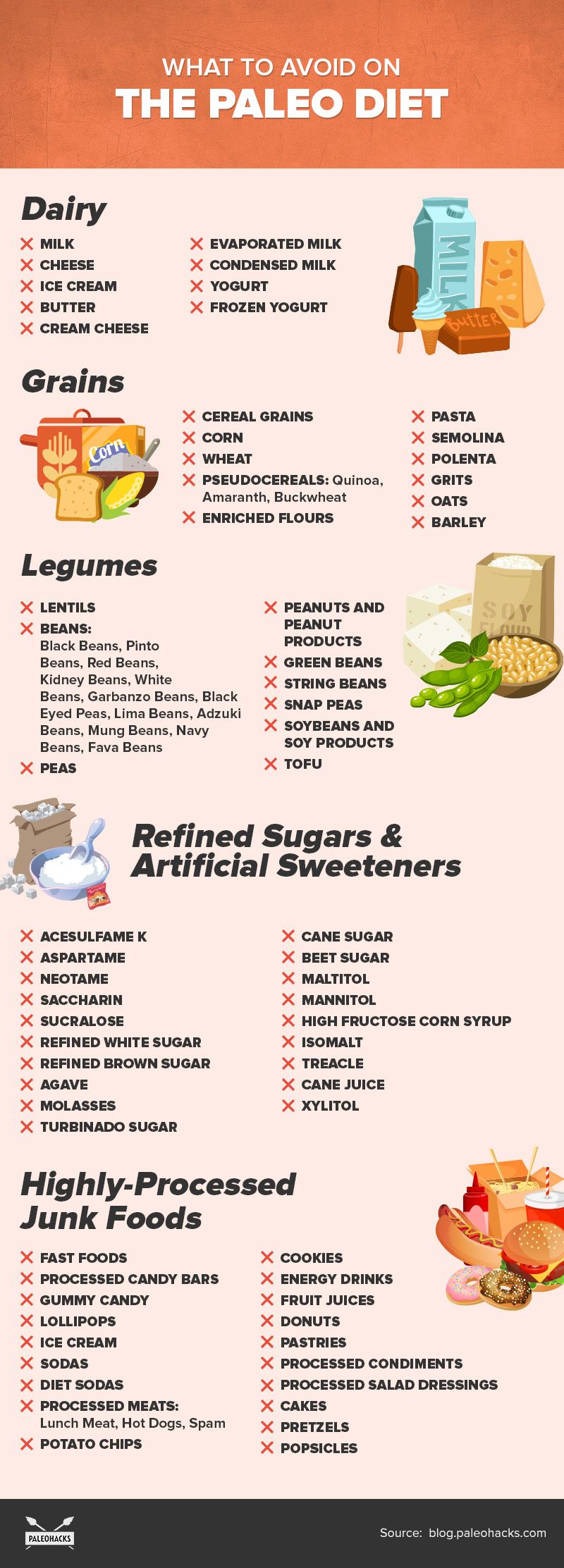
Dairy
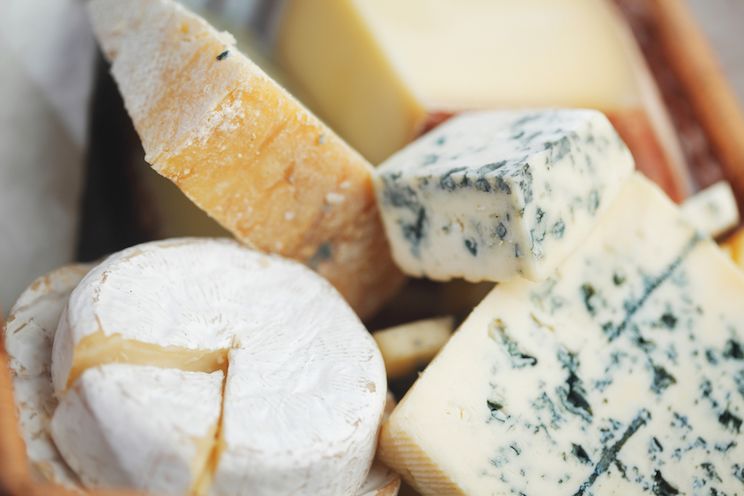
Dairy is a touchy subject. It’s widely considered a gray area in the Paleo community. Much of the world’s population cannot tolerate lactose, the sugar found in milk. Mass commercially-produced milk comes from industrially farmed cows, undesirable from both a health and ethical standpoint. That said, grass-fed and pasture-raised cows produce higher-quality milk. Fermented dairy, like yogurt and kefir, also offers the benefits of probiotics. If you choose to consume dairy, opt for the quality stuff. Otherwise, try additive-free nut and coconut milks.
- Milk
- CheeseThe Ultimate Paleo Diet Shopping List
- Ice cream
- Butter
- Cream cheese
- Evaporated milk
- Condensed milk
- Yogurt
- Frozen yogurt
Grains
Grains simply don’t measure up nutritionally to meat, seafood, vegetables and fruit. While filling, they are less nutrient-dense when compared to food in the latter categories. In fact, modern milling removes most of these nutrients.
- Cereal grains
- Corn
- Wheat
- Pseudocereals: quinoa, amaranth, buckwheat
- Enriched flours
- Pasta
- Semolina
- Polenta
- Grits
- Oats
- Barley
Legumes
While typically considered health foods (who’s ever been angry with a bag of lentils?), legumes have a major downside: phytic acid. According to Paleo Leap, “Phytic acid binds to nutrients in the food, preventing you from absorbing them.” While phytic acid is present in a number of Paleo-friendly foods (like nuts), these foods are generally consumed in smaller quantities. Legumes, however, constitute a staple in many diets around the world, leading to overexposure to phytic acid as well as a host of other antinutrients.
- Lentils
- Beans: black beans, pinto beans, red beans, kidney beans, white beans, garbanzo beans, black eyed peas, lima beans, Adzuki beans, Mung beans, navy beans, fava beans
- Peas
- Peanuts and peanut products
- Green beans
- String beans
- Snap peas
- Soybeans and soy products
- Tofu
Refined Sugars and Artificial Sweeteners
We have a penchant for finding an absurd amount of ways to sweeten our food, as evidenced by our sweetener-laden grocery store aisles. Our many sweeteners also have many names, making it difficult to suss out the added sugars in foods. There are only a few Paleo-friendly sweetening agents: fruit, raw honey, pure maple syrup, and coconut sugar, all of which are low on the glycemic index. Still, these should not be a diet staple.
- Acesulfame K
- Aspartame
- Neotame
- Saccharin
- Sucralose
- Refined white sugar
- Refined brown sugar
- Agave
- Molasses
- Turbinado sugar
- Cane sugar
- Beet sugar
- Maltitol
- Mannitol
- High fructose corn syrup
- Isomalt
- Treacle
- Cane juice
- Xylitol
Highly-Processed Junk Foods
We probably don’t have to tell you this, but a Snickers bar is just about the farthest you can get from Paleo-friendly. Junk foods are antithetical to the Paleo diet premise – and the premise of any balanced and healthy diet. Keep consumption of these to a minimum – or better yet, try some of the many Paleo alternatives.
- Fast foods
- Processed candy bars
- Gummy candy
- Lollipops
- Ice cream
- Sodas
- Diet sodas
- Processed meats: lunch meat, hot dogs, Spam
- Potato chips
- Cookies
- Energy drinks
- Fruit juices
- Donuts
- Pastries
- Processed condiments
- Processed salad dressings
- Cakes
- Pretzels
- Popsicles


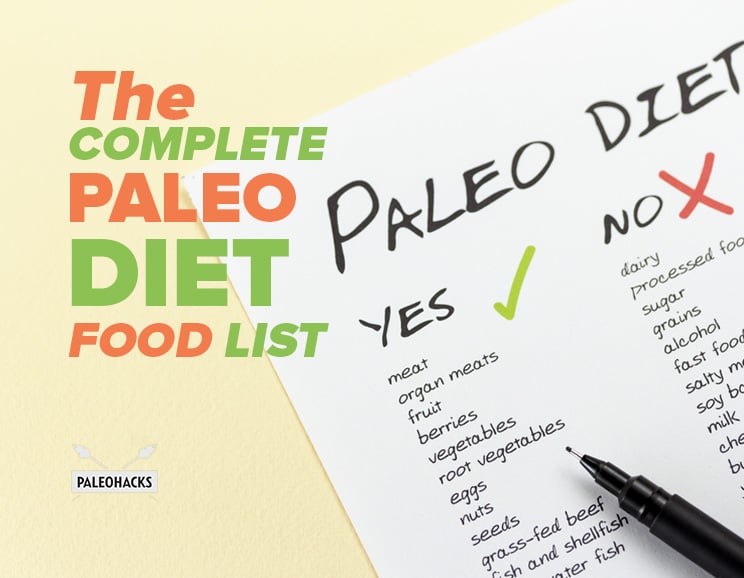
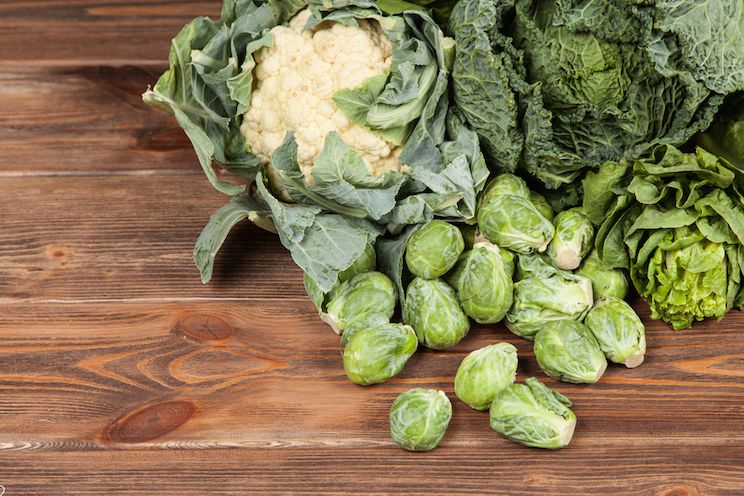
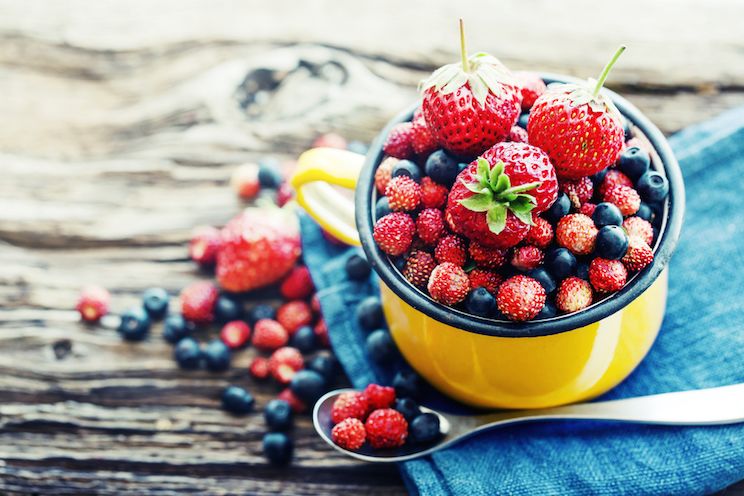
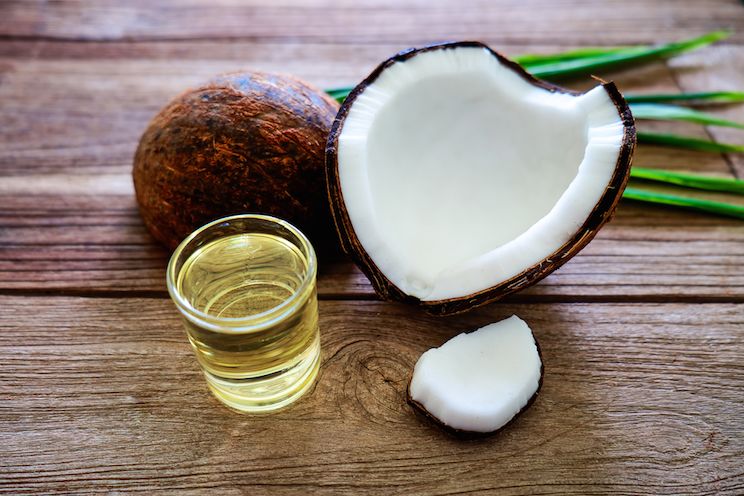
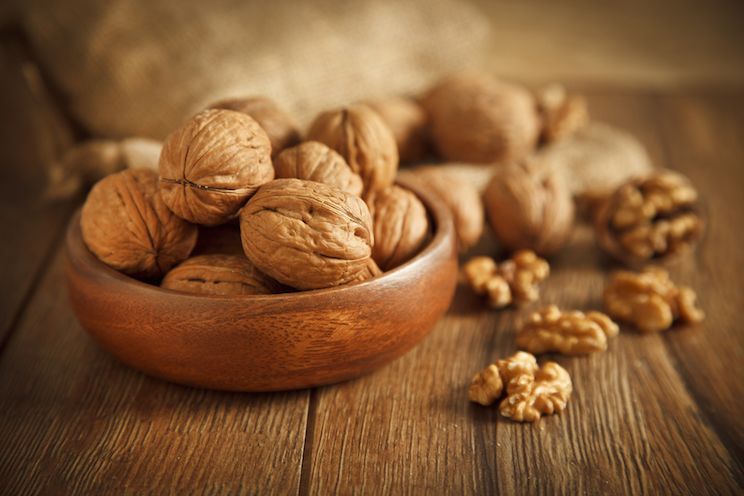


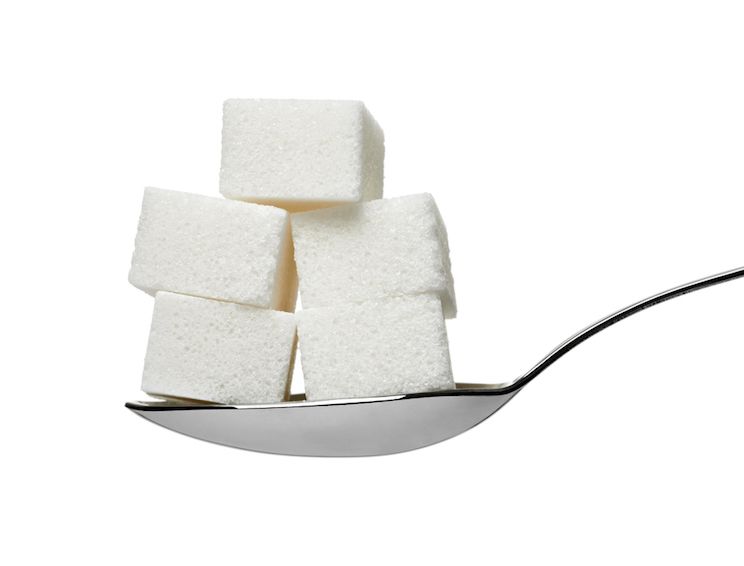
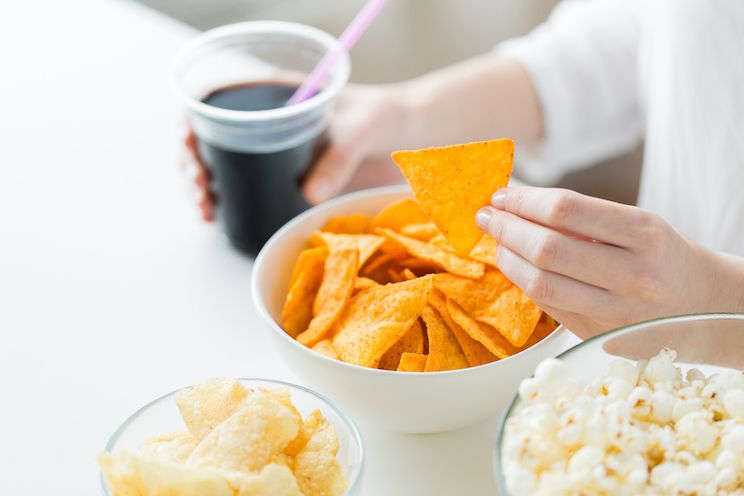
 What Are Legumes?
What Are Legumes?

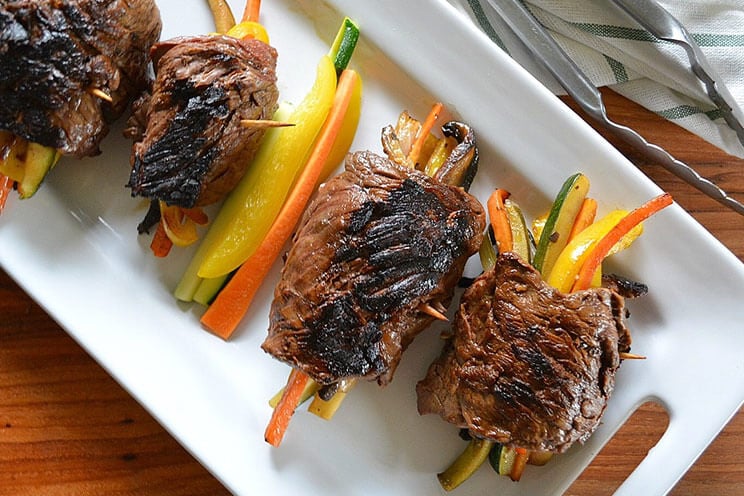
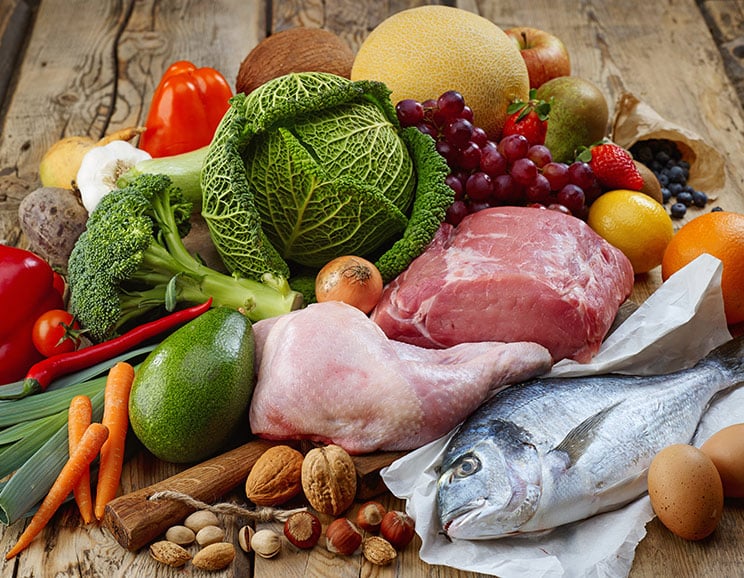
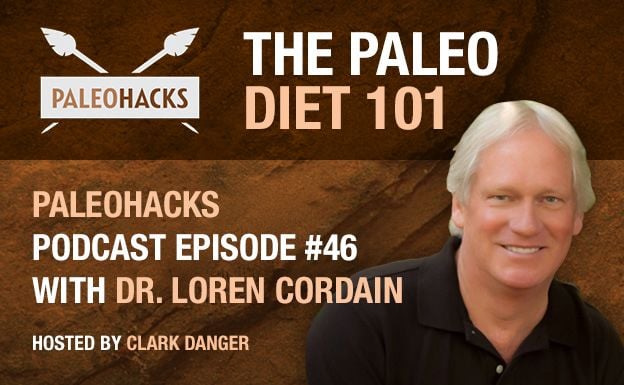
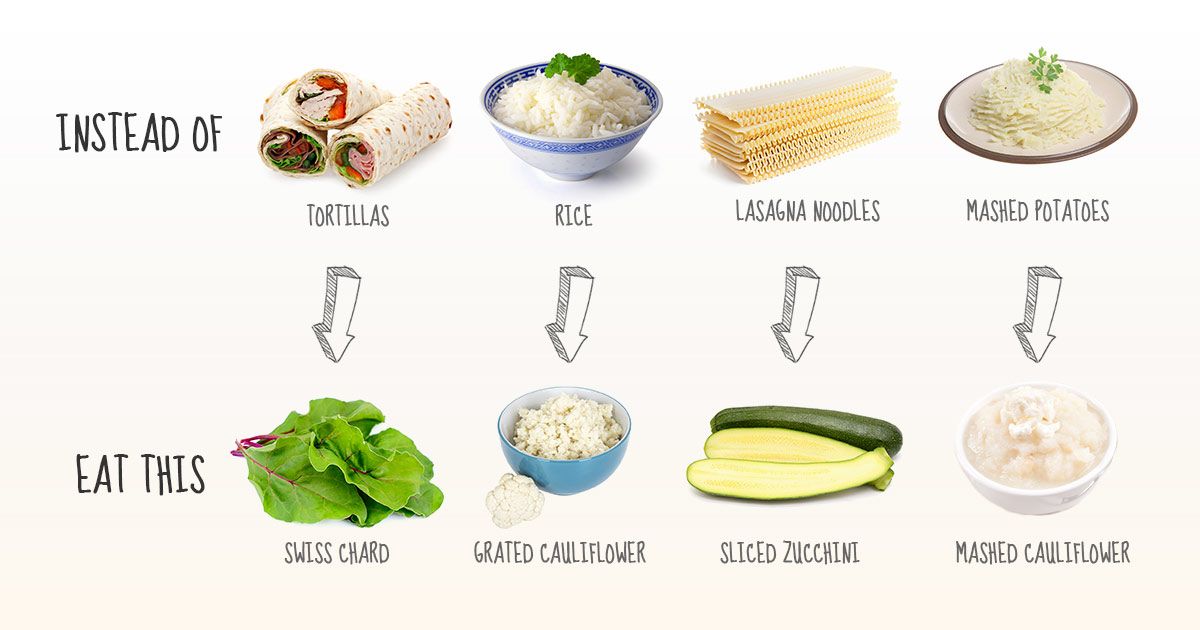
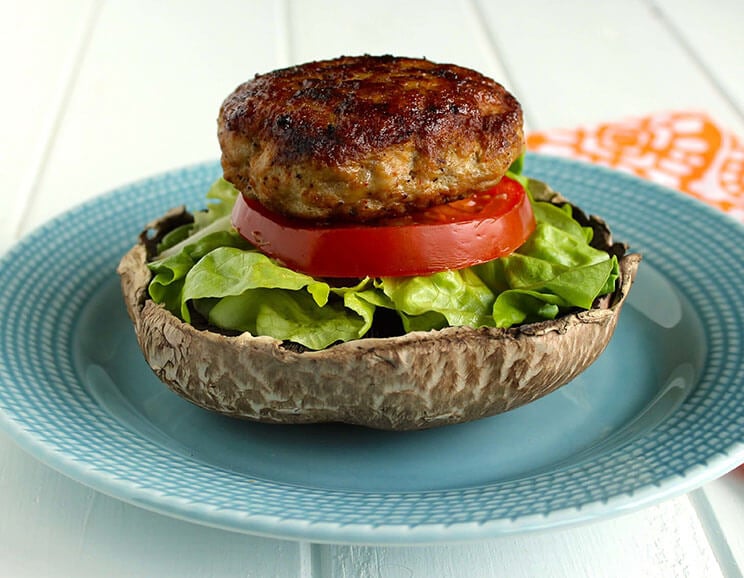
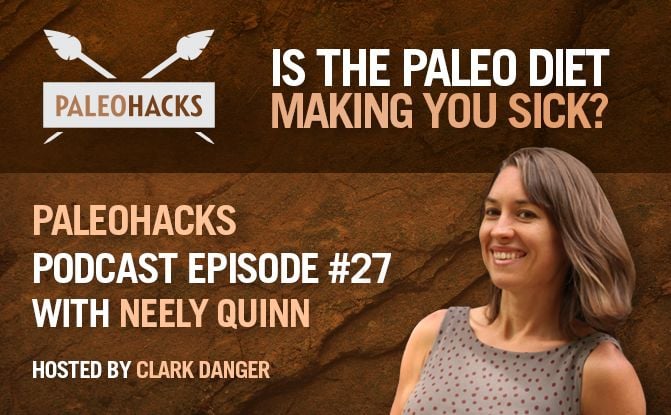
Show Comments